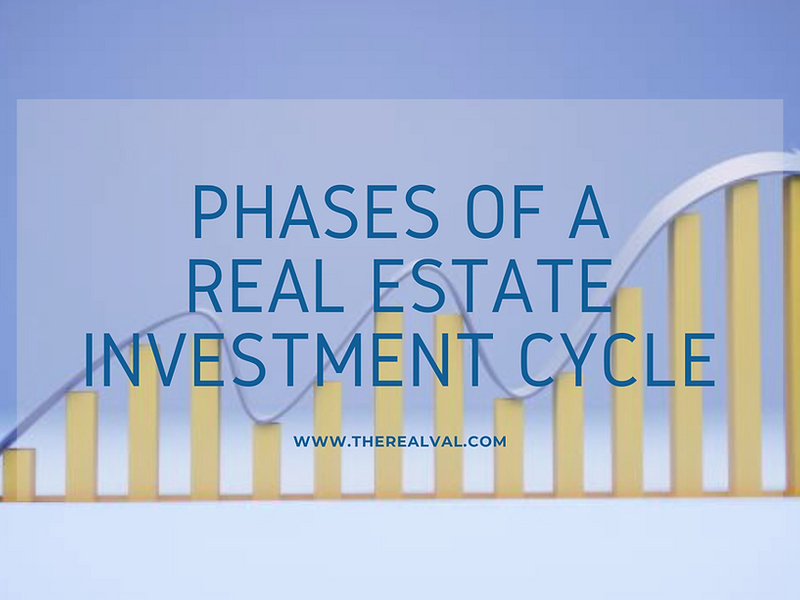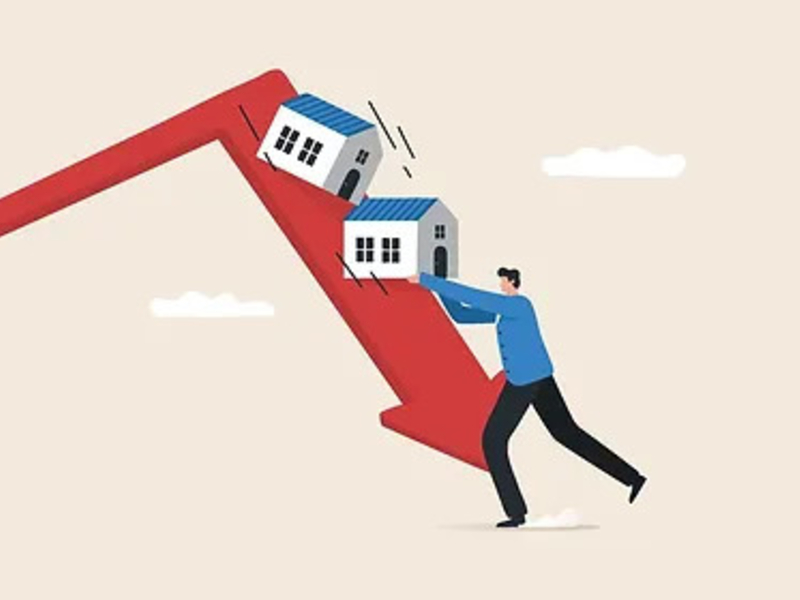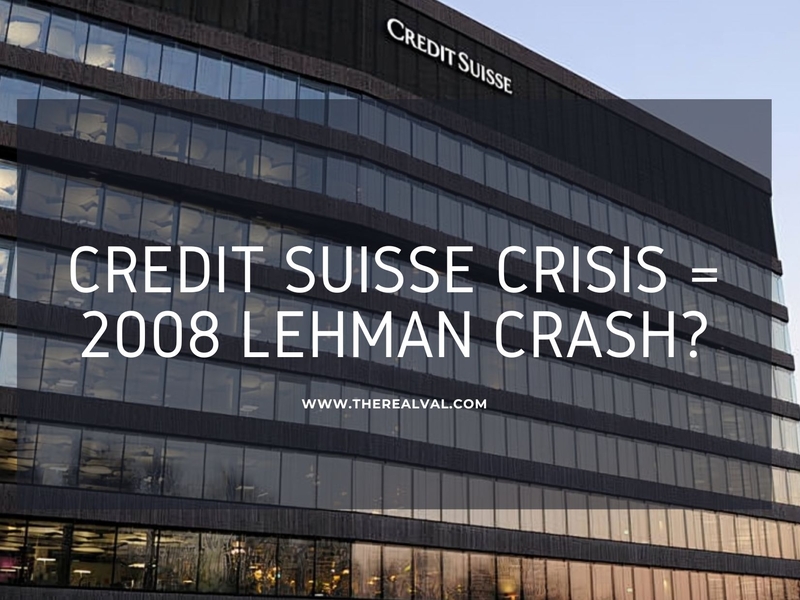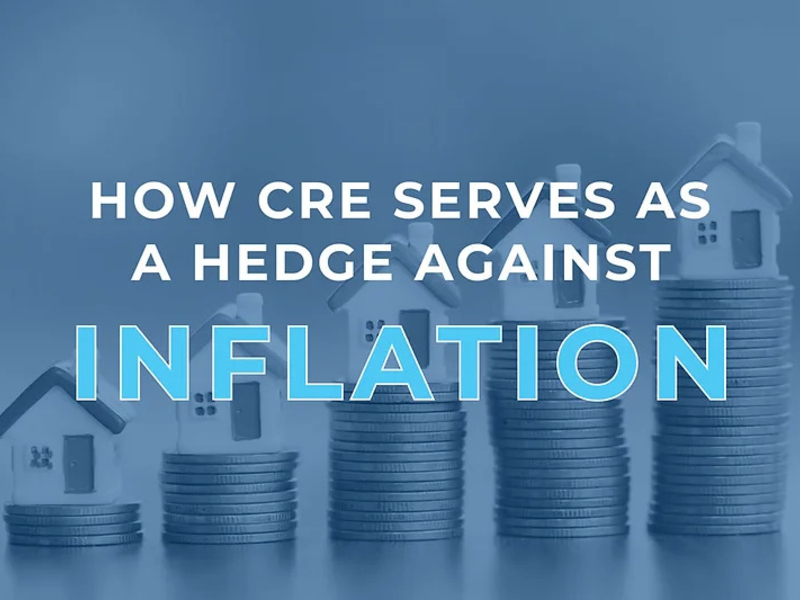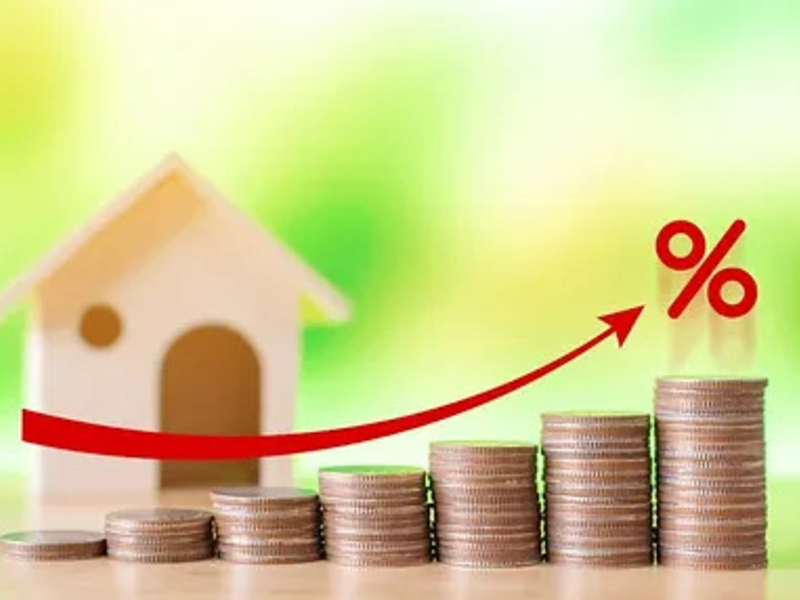Real estate has a longstanding history of being a reliable path to wealth growth, providing investors with a tangible asset that has the ability to rise in value over time. However, it is imperative to recognize that the real estate environment is far from static; rather, it ebbs and flows in response to an interplay of economic, demographic, and market variables. Understanding these complex cycles is necessary for investors looking to make wise decisions and maximize their financial benefits. In the following article, we will go through the whole real estate investing cycle, throwing light on its many stages and providing vital ideas on how to successfully traverse each of these stages.
Stage 1: Recovery
The recovery phase kicks off the real estate investment cycle. This stage usually occurs after an economic slump or recession. Within the scope of the recovery phase, we are witnessing a comeback in investor confidence as well as positive signs of economic revitalization. It is also a time when interest rates are normally low, making borrowing more accessible and cost-effective.
During this period, smart investors usually focus on distressed homes, foreclosures, or undervalued assets, recognizing the possibility for rich opportunities within the market's stormy seas. As the real estate market progressively regains its equilibrium, property values begin to rise, providing investors with the opportunity for significant financial appreciation.
Here are some strategies worth considering. To begin, it is important to identify locations with high development potential and future demand. This entails conducting extensive market research and analysis to identify areas where property prices are anticipated to rise over time. Second, look for chances to add value to your home. This might include renovations, upgrades, or enhancements that would result in increased rentals or resale values. To conclude, using a long-term investing approach can benefit you by allowing you to capitalize on the continuous increase of your real estate holdings over time.
Stage 2: Expansion
During the expansion phase, the real estate market experiences rapid growth. There is a noticeable increase in demand for homes, commercial properties, and other real estate assets, leading in a continuous rise in property prices and rental rates. During this period, economic conditions are very favorable, and investors usually see significant returns on their real estate investments.
During this stage, investors may consider diversifying their holdings as a risk-mitigation technique. Although the growth phase has the potential for profitability, it also contains the inherent risk of a market slump.
Here are some important real estate investment tactics to keep in mind. To begin, diversify your portfolio by investing in numerous property kinds and markets to efficiently disperse risk. Secondly, keep an eye on market movements and be ready to adjust your investing plans as needed. Finally, keep an eye on undervalued assets with natural growth potential. These tactics can assist you in navigating the ever-changing real estate marketplace with confidence and accuracy.
Stage 3: Hyper supply
As the market reaches its peak, it enters the hyper supply phase. There is an oversupply of homes in this era when compared to current demand. This excess is frequently caused by an increase in new construction projects, which is fueled by the high pricing and vigorous demand seen during the previous boom era.
During the hyper supply period, investors must be cautious, recognizing the possibility of static or sliding property values. Astute investors should look for homes with unique features, great locations, or the potential for high rental revenue. These characteristics can help protect assets during this difficult period.
Mentioned here are some key techniques to employ at this stage. First, be selective when analyzing new investment prospects in order to avoid risks connected with the hyper supply era. Second, evaluate the long-term viability of properties in your portfolio to verify they correspond with your investment objectives. Additionally, while waiting for market circumstances to improve, consider alternate income-generating options such as renting out homes. These strategic approaches can assist investors in navigating the obstacles and possibilities given by the hyper supply era with caution.
Stage 4: Recession
As the real estate investment cycle progresses, it finally reaches the recession phase. During this stage, economic conditions deteriorate, resulting in a decrease in demand for properties, which leads to a decrease in property prices. Overleveraged investors or those who are unprepared for the expected market volatility may face considerable hurdles as they traverse this time.
Recessions, however, without a doubt, can provide a silver lining for those who have kept substantial financial reserves. In such cases, distressed homes flourish, frequently accompanied by lower prices. Furthermore, rental income can act as a stabilizing factor during economic downturns by providing a constant stream of cash. These conditions can generate great possibilities for investors who are prepared to take advantage of them.
Some critical strategies to consider during the real estate cycle's recession phase are- First and foremost, review your portfolio and consider selling underperforming assets to optimize your holdings. To guarantee financial stability, prioritize assets that create consistent cash flow and income, such as rental properties. Furthermore, having adequate financial reserves and maintaining a long-term perspective are critical, since these elements can give the resilience required to effectively weather the challenges of an economic downturn. These tactics can assist investors in making sound judgements and positioning themselves for success during downturns.
To conclude, through a thorough understanding of the various stages of the real estate investment cycle and the adept implementation of tailored strategies, investors can thrive in both flourishing and challenging market landscapes, ultimately realizing their financial objectives in this dynamic industry.
Trending

